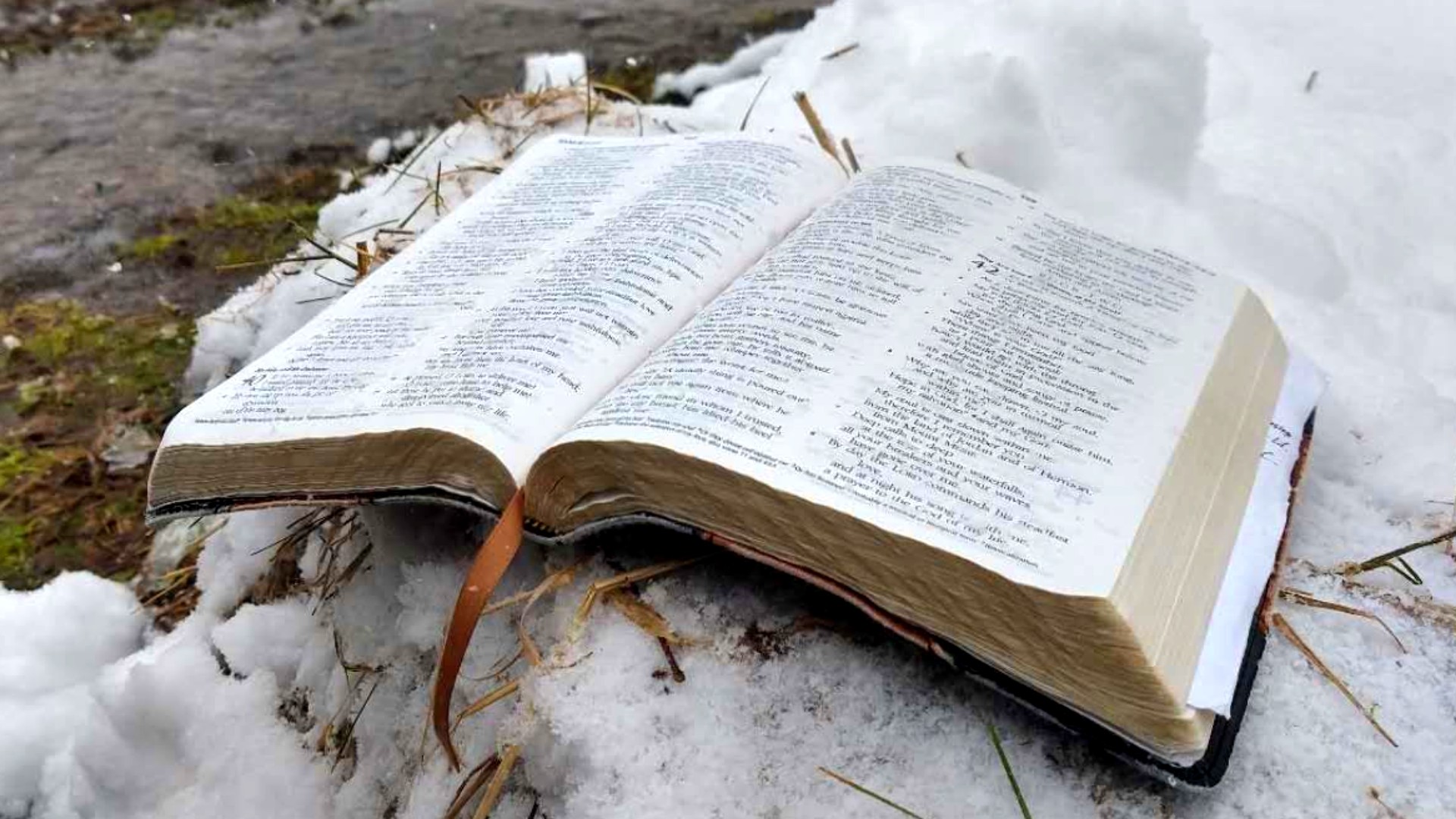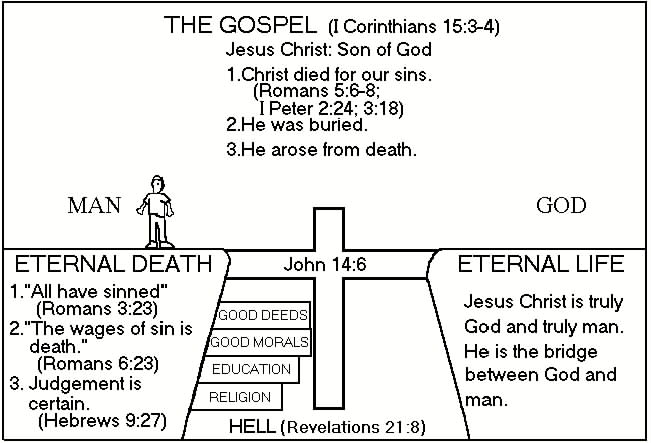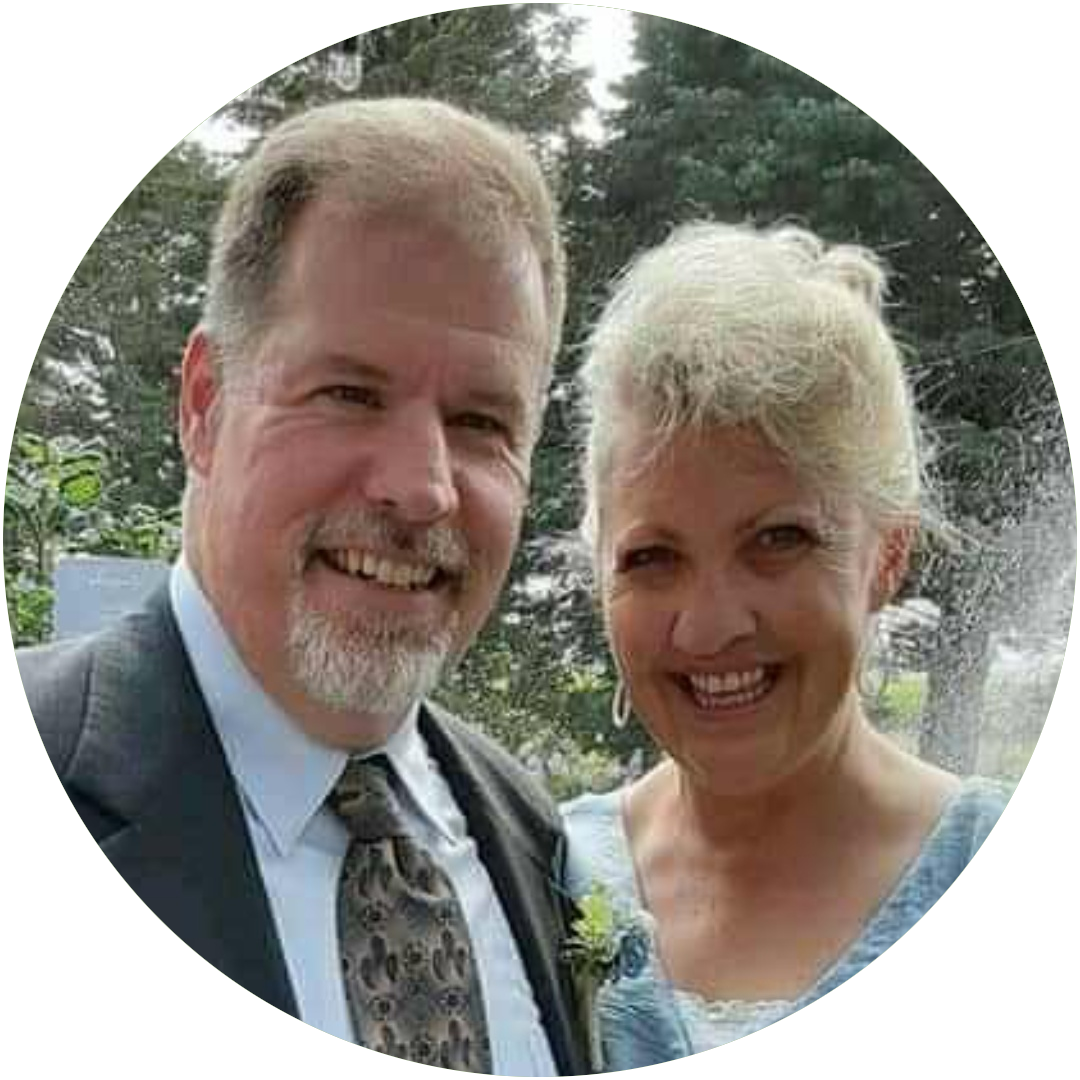
The Gospel: God's Good News
It's a terrible thing to leave someone in the dark with nothing but bad news, but that's what I did my last post! This time we turn to the Good News. As we finished the Bad News, we concluded that men were hopeless and helpless to save themselves from the penalty of sin, which is death and ultimately eternal separation from God in Hell. Death is truly an enemy, and we look forward to the Lord casting it at last into the lake of fire. Yet it is also a mercy that the Lord extended to Adam and his race. As mentioned last month, death is the key to our salvation, and it is usually with that thought that I turn the corner in my sharing and introduce the Good News.
God did not create us to cast us into Hell, but to fellowship with us forever. But God's perfect righteousness demands that those who dwell with Him must also be sinlessly perfect. The first man sinned, and all his descendants after him have also sinned in his likeness. We all deserve God's condemnation, but God doesn't want to condemn us. His justice demands it, but in His mercy He devised the only way out for us that would both preserve His righteousness and redeem our souls.
God's Solution

In this picture we begin to see God's solution to our problem of our separation from Him and condemnation for sin. In explaining the Good News, there are always two key questions we need to answer for our hearers: Who is Jesus Christ? What did He do for us?
- Who is Jesus?
- Our Bridge: God built the only Bridge that can bring us back to Himself (and in saying that, I draw a bridge across the chasm from God's side to Man's; it will become the crossbar of Christ's cross).
- Our Perfect Representative and Substitute: Again drawing on our conclusion last month, God taught us through Jewish history about His willingness to accept a substitute for us to pay the penalty we owed. He told them to offer all kinds of sacrifices to cover over their sins. But the condition was always that the sacrificed animal had to be perfect, without spot or blemish or any other defect. But as the writer of Hebrews tell us, the blood of bulls and goats could never take away sin, and could never perfect the conscience (Hebrews 10:1-4). An animal, after all, is not much of a substitute for a person. But through this, God was teaching us His willingness to accept a true and perfect representative for us to offer himself up to pay our penalty. Only a man can fully and accurately represent mankind, and only a perfect, sinless man would be qualified to do so on behalf of another. All we had to do was find a sinless man who had done all God's will perfectly, and convince him to die in our place, then we could escape the penalty of our sin. He knew full well that no son of Adam would qualify, so...
- God became Man for us: Jesus Christ, the Son of God. Jesus was born of a virgin, Mary of Nazareth. As such, He was fully human in every way: He grew tired, experienced hunger, knew joy and sadness, was tempted in every way as we are. Most importantly, He could bleed and He could die. But He was not merely human. His father was not Joseph, but God Himself. Mary conceived through the power of the Holy Spirit. So Jesus was also fully God! And as God, though He was tempted in every way just as we are, He would not and did not violate His righteous nature and commit sin. But God is spirit, and as such cannot bleed and cannot suffer death. So by His taking on our human nature, by become like us in every way, God could die. Jesus Christ is 100% Man and 100% God. His teachings revealed the wisdom of God in Him and the perfection of morality, but these teachings--Christianity--could not save us. His miracles proved His divine power and nature: healing the sick, calming a storm with a word, feeding more than 5,000 people with just a few loaves of bread and a couple of fish, even raising the dead! Yet all these great works couldn't save us from our sins. There was only one thing He could do to set us free from the condemnation we justly deserve.
- What did Jesus do for us? (1 Corinthians 15:3-5)
- Jesus died for our sins (with this statement, I complete the cross between the two cliffs): He didn't die for His own sins, but for ours. He was tempted in every way as we are, but was without sin (Hebrews 4:15). He was arrested and condemned by the jealous religious leaders of His day, for nothing other than the fact that He was indeed the Son of God. They refused to believe Him and so condemned His truthfulness as blasphemy. Yet this was all according to God's design and purpose from before the foundation of the world, as revealed in the Scriptures beforehand, according to our verse above. He gave Himself to pay the penalty for our sin. He willingly died in our place.
- He was buried, as proof of His death on our behalf.
- But three days later, He rose to life again. This same Jesus who died is the one who rose to life again. It was not another or a new person, but the same Jesus in a perfected body. He was not a ghost, but flesh and bone. They touched Him and ate with Him.
- Over a period of forty days following His resurrection, He appeared again and again to His disciples, to prove His resurrection and to help them understand all they had seen and heard.
- At the end of that time, He rose up into Heaven in their presence, where He now waits until His Father sends Him back to earth to claim His kingdom and judge the earth. (At this point, I would draw two arrows across the top of Jesus' cross from Man's side to God's.)
This is Great News indeed! But as the Jews asked Peter after his first evangelistic message, "what shall we do" (Acts 2:37)? This is wonderful news, but we can't stop here. Hearing these things is not enough; every heart must respond. We must show them what God requires of them for Christ's death and resurrection to have meaning for them. That comes in the next post.
Resources
- The Bridge Illustration - A clear and complete explanation of the only way man can be reconciled with God
- Prayer Pages - A tool to help keep track of and manage prayer needs.
- Personal Reading Record - A tool to help you keep track of where you've read and where to read next
- Bible Reading Highlights Record - A tool to help you record your thoughts and applications when you read the Word
- The Timothy Training Workbook - A printable (front & back) discipleship notebook written by veteran Navigator missionary and founder of Training Evangelistic Leadership, Roy Robertson
Courtesy of Roy Robertson and Training Evangelistic Leadership

